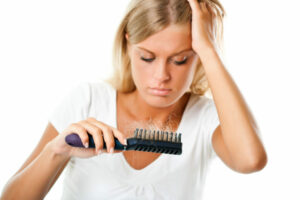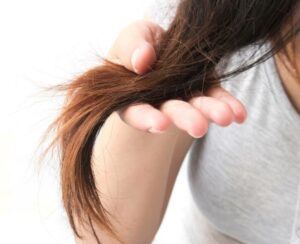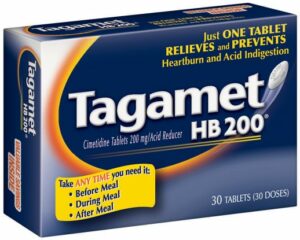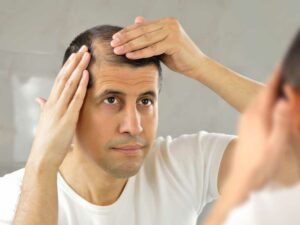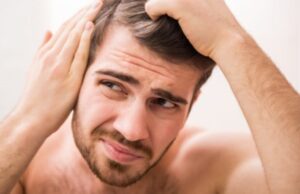
Everyone’s hair loss is different but sometimes it can be both physically and mentally damaging and can ultimately affect emotions and the
connections with the people around you. Aside from the more commonly recognized causes for hair loss including genetics, hormonal changes, diet, and illness, there is also a less commonly discussed reason, known as Trichotillomania.
What is Trichotillomania?
Trichotillomania, also known as “the hair pulling disorder”, is an impulsive control disorder that affects about 4 out of every 100 people, and becomes apparent through self-inflicted hair pulling. Symptoms can arise in early infancy, however the peak age is typically seen between 9 and 13 years old. It is usually difficult to pinpoint the exact moment of when the disorder occurs, as most are unaware of its existence until side effects, such as extreme hair loss become noticeable.
What Causes Trichotillomania?
This impulsive behavior is used as a soothing mechanism and can be triggered by a number of factors including stress, anxiety and depression. Once the individual strands of hair are pulled from the scalp it is not uncommon for the person with trichotillomania to experience a sense of guilt, regret and embarrassment, as attempts are made to try and hide the self-inflicted bald spots. Some people also have certain rituals that they like to perform once the hair is pulled, including gliding the hair strands in between their lips or sometimes even ingesting the hairs which can lead to extreme abdominal pain. Those who eat the hairs also face the danger of accumulating hairballs within the stomach which can only be removed surgically.
While hair pulling due to trichotillomania can be a conscious and intended action, it can also happen when the person is completely occupied and unaware. It is also not uncommon for those with trichotillomania to remove other hairs on the body including, eyelashes, eyebrows, chest hair, leg hair and sometimes even pubic hair.
Treatment
This disorder can be physically mentally and emotionally damaging and continuous self-inflicted trauma to the various areas can lead to permanent hair follicle damage. About 70 to 90 percent of patients seeking a cure, are women. Although medication such as Prozac can be taken to reduce symptoms of trichotillomania, overall prescription drugs are usually inconsistent, deliver multiple side effects, and are not fully effective as some may even increase hair pulling. Patients can however seek alternate forms of treatment that have proven to have a high success rate including homeopathy and different forms of Cognitive Behavioral Therapy including behavior modification programs, habit reversal training (HRT) and even hypnosis. These various forms of treatment are used to help reduce impulses as well as mental and emotional damage.

